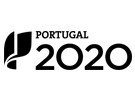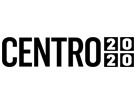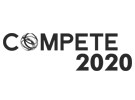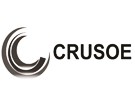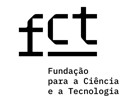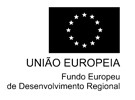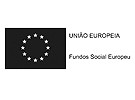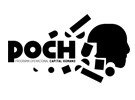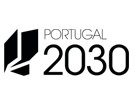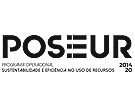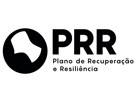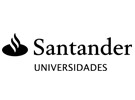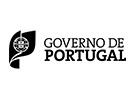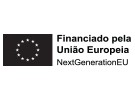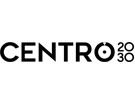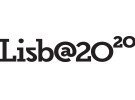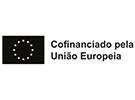


Publication in the Diário da República: Despacho n.º 2435/2023 de 17/02/2023
4 ECTS; 2º Ano, 1º Semestre, 15,0 T + 30,0 TP + 5,0 OT , Cód. 964557.
Lecturer
- Álvaro Francisco Magalhães Teixeira (1)(2)
(1) Docente Responsável
(2) Docente que lecciona
Prerequisites
Not applicable
Objectives
Understand the mechanisms of colour management for better colour control, optimizing work methodologies that include the necessary steps in photographic production, from image capture to printing.
Give students knowledge about the subjective nature of the phenomenon of colour and the limitations in its reproduction.
Program
The colour event
The relationship between light sources, the object and the observer;
The history of the evolution of colour theories;
Importance of colour in the composition of photographic images (cinema and art);
Colour management mechanisms
Colour in digital systems: the CIE XYZ and LAB, RGB and CMYK models;
Colorimetry and spectrometry;
Characterization, calibration and creation of profiles of photographic capture and reproduction equipment;
Conversion of colour profiles: the Profile Connection Space mechanism, the colour engine (CMM) and interpretation purposes.
Printing process
Image reproduction systems.
Application of colour management procedures in the printing process: application of personalized output profiles;
Analysis of various printing systems and substrates.
Evaluation Methodology
Continuous assessment is carried out through the individual presentation of one theoretical and two practical exercises.
The final grade will be considered:
Written document (20%)
Practical exercise 1 (30%)
Practical exercise 2 (30%)
Participation in classes (20%).
Failure to submit the exercises mentioned above excludes the student from the exam.
The student is exempt from the exam with a grade equal to or greater than 10 points.
The student will only be admitted to the exam with a minimum average of 7 points in the continuous assessment.
The exam will include a theoretical component (40%) and a practical component (60%), through a written exam and the execution of a practical exercise.
Bibliography
- ALBERS, J. (2006). Interaction of Color. Revised and Expanded Edition. London: Yale University
- BUNTING, F. e FRASER, B. e MURPHY, C. (2004). Real World Color Management. Berkeley: Peachpit Press
- CHUNG, R. e RODRÍGUEZ-BORLADO, J. e SANCHES, M. (2012). Glossário de Termos: Cor, Imagem e Sistemas de Gestão de Cor. Tomar: Autor
- FORMENTÍ, J. e REVERTE, S. (2008). La Imagen Gráfica y su Reproducción: Pautas para uma correcta realización y reproducción de originales em la producción gráfica. Barcelona: Ediciones CPG
- HOMANN, J. (2009). Digital Color Management - Principles and Strategies for the Standardized Print Production. Berlin: Springer-Verlag
- ITTEN, J. (1970). The Elements of Color: A Treatise on the Color System of Johannes Itten Based on His Book the Art of Color. Ravensburg: John Wiley & Sons
- RODNEY, A. (2005). Color Management for Photographers: Hands on Techniques for Photoshop Users. Oxford: Elsevier
- SHARMA, A. (2004). Understanding Color Management. New York: Thomson Delmar Learning
Teaching Method
Theoretical and practical classes.
Software used in class
Adobe® Photoshop CC®;
Iprofiler®;
Silverfast®
